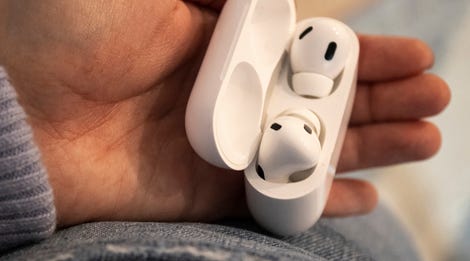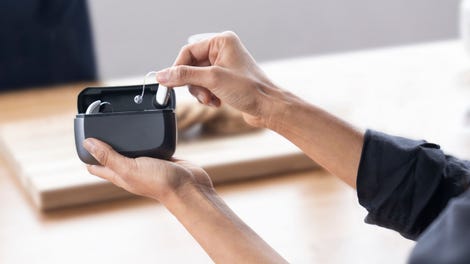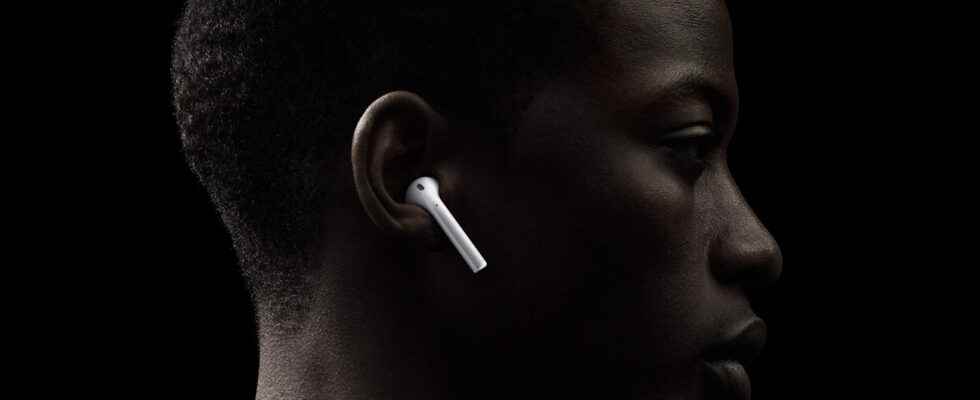It is perhaps both presumptuous and premature to claim that Apple’s AirPods Pro are a revolutionary and inexpensive way to solve hearing loss problems. But a recent medical experiment is creating debate in the medical community over its implications for people with hearing impairments.
happy accidents
Sometimes radical inventions, even in medicine, do not result from the efforts of scientists to solve the scourges that afflict humanity. Rather, they emerge from happy accidents, which then save lives.
For example, in 1928 Dr. Alexander Fleming cultured Staphylococcus aureus – or “staphylococcus” as it is often called (soft tissue infections like abscesses and boils) – for a few weeks. When he examined them, he discovered that a mold had prevented their growth, which made it possible to develop an antibiotic, penicillin.
In 1968, Wilson Greatbatch, a university professor, tried to record sounds coming from the heart. He then realized that the transistor he was using for recording was emitting electrical impulses almost identical to those of the human heart. This led him to collaborate with a surgeon, William Chardack, and the two men developed a device that changed the world: The pacemaker.
So could a relatively inexpensive and widespread digital device, used by tens of millions of people around the world, revolutionize the consequences of hearing loss?

Apple’s $300 AirPods Pro cost a lot less than hearing aids. Apple
The experience
Researchers at a hospital in Taipei, Taiwan, conducted an experiment on 21 people with mild to moderate hearing loss to determine how the Live Listen feature of AirPods, first introduced in 2014, would compare to a line of medical hearing aids. (Apple doesn’t advertise Live Listen for people with hearing loss, but on its website it says it boosts hearing in noisy environments.)
The researchers read a short sentence aloud and then tested their subjects’ hearing by first wearing a basic hearing aid, then a high-end one, followed by a pair of Apple AirPods 2. and finally a pair of Apple AirPods Pro. The results are stunning.
In all but one scenario, the AirPods Pro give hearing aids a hard time. In a quiet environment, the pair of AirPods Pro, thanks to its noise cancellation function, in addition to that of Live Listen, equals the performance of entry-level hearing aids and is only slightly less effective than the high-end appliances. But of course, AirPods were tethered to a smartphone, unlike hearing aids.

Jabra’s Enhance Select hearing aid costs 3 to 10 times more than AirPods Pro. Jabra
The AirPods Pro also matched the performance of high-end devices when noise came from the sides. The only time the AirPod Pro didn’t hold up was when the sounds were coming in front of the person testing the device.
According to the study, the AirPods Pro also met four of the five electroacoustic criteria for hearing aids, known as ANSI/CTA-2051 standards.
How to use Live Listen on AirPods Pro?
First, add Live Listen to your iPhone’s Control Center:
- Go to Settings & Control Center
- Tap the Add button next to the Listen button
- Go to Settings to save changes
Next, deploy the live listener:
- Open Control Center on your Apple device (iPhone, iPad, etc.)
- Press the Listen button
- Tap Live Listen
- Try positioning your camera close to your subject – in front or to the sides.
- Be sure to control the volume level.
- Try connecting an external mic to your device
A few warnings
Before rushing to AirPods Pro to fix your hearing problems, you should definitely go see a hearing specialist. And the most important thing is to stress that AirPods are not a replacement for hearing aids, and the advice of doctors and hearing specialists. Indeed, not all cases of hearing loss are the same. There are significant discrepancies both in the causes and in the anatomy of the ear. Get an audiogram from a specialist before going any further.
Source: “ZDNet.com”
